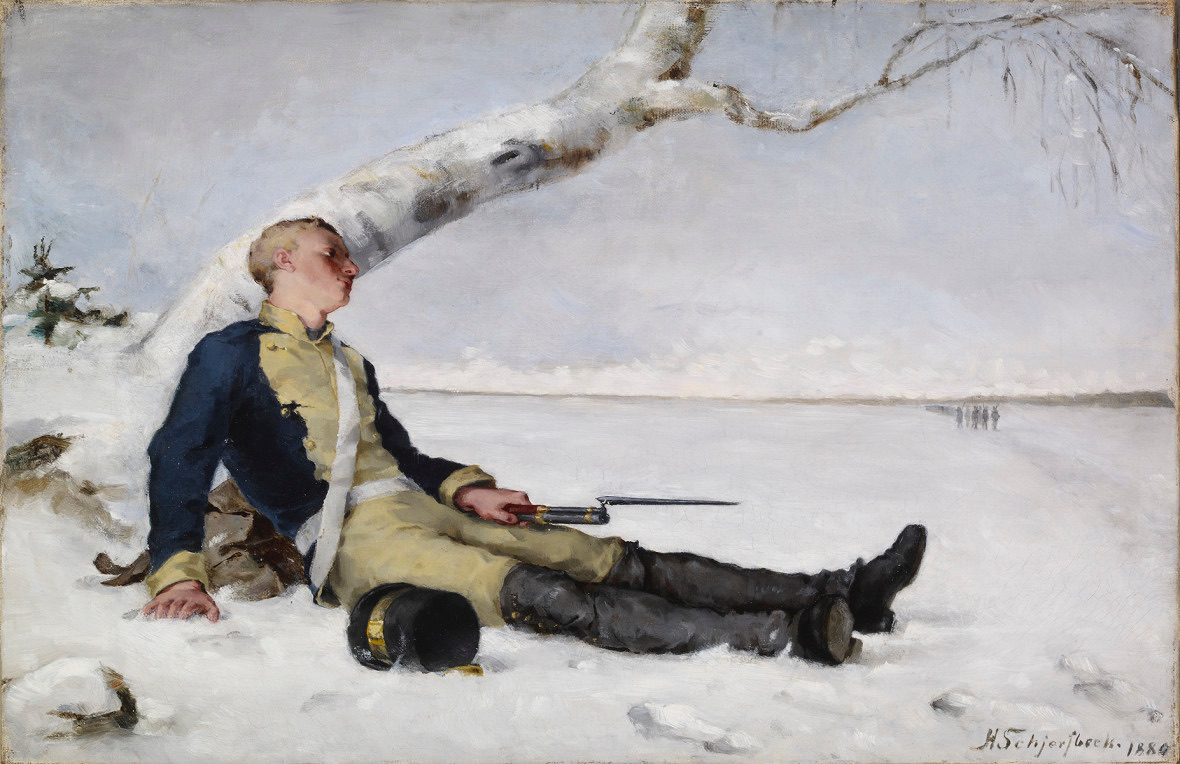EDITORIAL NOTE
Resumo
Cover image: Helene Schjerfbeck. Haavoittunut soturi hangella (Wounded Warrior In The Snow), 39 × 59,5 cm, oil on canvas, 1880, Ateneum Art Museum/Finnish National Gallery (A I 221), Helsinki, Finland.
Loneliness and Death. The painting that opens this editorial, made by the Finnish artist Helene Schjerfbeck (1862-1946) has already been analyzed in several aspects. Without a doubt, we cannot escape the theme that it objectively portrays: the war that took place in 1808 and 1809 between Russia and Sweden, leading to the creation of the autonomous Grand Duchy of Finland. Painted in 1880, in one of the heydays of European production on historical themes, it features a dying soldier leaning on a Birch tree (Betula verrucosa). The choice was anything but random: due to its extreme economic and utilitarian importance, this type of tree was one of the national symbols of Finland during the 19th century, especially in literature. Dying for the Fatherland was certainly one of the main themes present in Romantic art, but here too the author expresses her sensitivity to the pain of emptiness and isolation: war is an evil that afflicts human beings and from which only a few escape.
Downloads

Downloads
Publicado
Edição
Seção
Licença
O(s) autor(es) do original apresentado se compromete(m) a cumprir o que se segue:
- Todos os autores responsabilizam-se publicamente por ele.
- Os autores afirmam que este original é de sua autoria e que assumem integral responsabilidade diante de terceiros, quer de natureza moral ou patrimonial, em razão de seu conteúdo, declarando desde já que a obra não infringe quaisquer direitos de propriedade intelectual de terceiros.
- O(s) autor(es) concordam em ceder os direitos autorais do original à Revista Scandia, à qual concedem permissão para sua reprodução, edição e publicação on-line.
- O(s) autor(es) outorgam seus direitos autorais de seu original à Revista Scandia, licendiado sob a Criative Commons Attribution License, que permite o compartilhamento deste trabalho com o reconhecimento de sua autoria.
- O(s) autor(es) têm permissão e são estimulados a citar e distribuir seu original.


